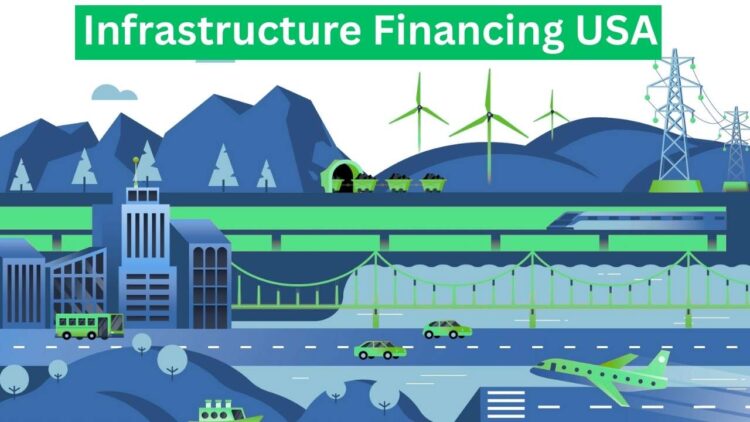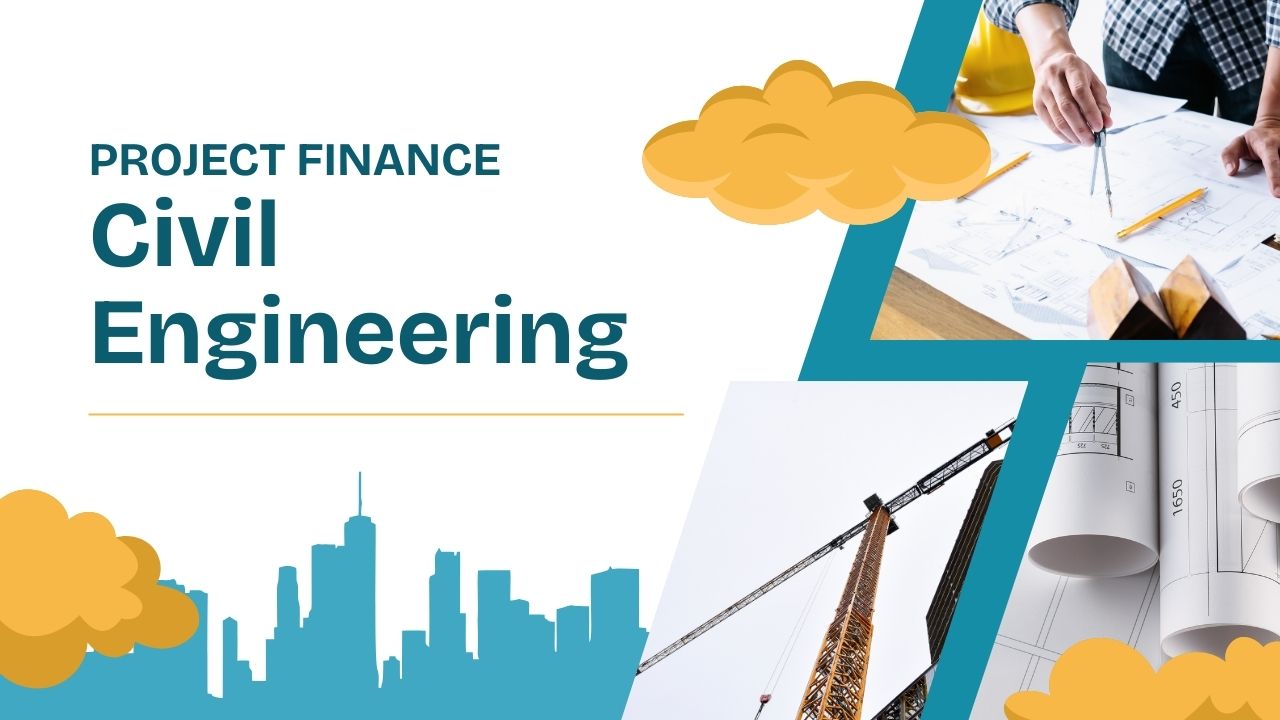U.S. infrastructure is reported to be lagging in funding in the future, which could lead the sector into a concerning state. Recently, the ASCE 2025 report card has urged meeting the infrastructure financing gaps. Let’s understand the current funding of the infrastructure sector in the USA.
Infrastructure Financing in the USA 2025
The current economic development and infrastructure sector in the USA has raised concerns. In March 2025, the American Society of Civil Engineers released the 2025 report card and pointed out that investment gaps, climate resilience, and other factors can affect the infrastructure sector.
The report graded America’s overall infrastructure a C grade, which means it is going well, but it requires attention to keep it consistent in the future. The USA infrastructure financing depends on federal grants, public-private partnerships, government policies, and state & local funding.
The 2021 Infrastructure Investment and Jobs Act provided $350 billion for federal highway programs and a total funding of $1.2 trillion to modernize and expand the US infrastructure. Around $568 billion is used for the 66,000 state-level projects through the IIJA 2021 Act as of November 2024.
The federal government generally invests in infrastructure in two ways: directly through Engineering corporations or indirectly through grants and funds through state and local governments.
How does the local and state government fund infrastructure?
With the federal government financing the American infrastructure, state and local government contributions also play their role in financing. Reports say most of the transportation and water infrastructure spending is administered by the state and local governments.
The transportation and water infrastructure are important for the nation’s economy. The Congressional Budget Office reported that state and local governments invested around $441 billion in transportation and water infrastructure in 2017. The state allocates funds from the income, sales, and property taxes it gets from the residents.
The SIBS offers low-interest loans to local governments and agencies to support infrastructure development. The IIJA 2021 Act also introduced new opportunities for state and local governments and other entities, like Metropolitan Planning Organizations, public authorities, to allow them to improve funding.
What are the challenges ahead for Infrastructure funding in the USA?
The ASCE report indicated that government funding is one of the reasons for the improvement of the infrastructure sector; however, it also warns about the investment gap. The report states that the United States has funded only 56% of what the infrastructure sector needs.
The report claims the US infrastructure will have a $3.7 trillion investment gap in the next 10 years based on the current economic conditions and current funding levels. The IIJA 2021 funding will end in 2026, which raised concerns over the investment funding in the future.
The ASCE reports that around $9.1 trillion in investment would be needed by 2033 in the USA to improve the quality of assets. Here, you can check the estimated investment needs and the gap in various infrastructure segments:
| Segment | Funded Amount (in billions) | Funding Needs (in billions) | Funding Gap (in billions) |
| Roads | $1549 | $2233 | $684 |
| Energy | $1308 | $1886 | $578 |
| Schools | $671 | $1100 | $429 |
| Drinking Water | $361 | $670 | $309 |
| Wastewater & stormwater | $293 | $983 | $690 |
| Transit | $466 | $618 | $152 |
| Bridges | $165 | $538 | $373 |
| Dams | $20 | $185 | $20 |
| Aviation | $197 | $310 | $113 |
| Rail | $113 | $145 | $32 |
| Hazardous & Solid Waste | $146 | $162 | $16 |
| Public Parks | $62 | $106 | $44 |
| Broadband | $61 | $61 | $0 |
| Inland Waterways & ports | $32 | $45 | $13 |
| Leeves | $7 | $97 | $91 |
| Total | $5451 | $9139 | $3690 |
What are the solutions to bridge the investment gap in American infrastructure?
The $3.7 trillion investment gap in American infrastructure funding is concerning, and to keep the current growth and boost, ASCE recommends sustaining investment. Here are a few recommendations to bridge the investment gap in infrastructure in the USA:
- The government should introduce long-term investment plans for the infrastructure sector or expand the 2026 investment law to keep it going and finance the sector.
- The infrastructure owners or providers should set a rate according to the maintenance cost, infrastructure improvement, and others, and educate people to deliver effective services.
- The local, state, and federal authorities should expand the use of infrastructure projects and find more opportunities to use the PPPs.
- The government and infrastructure industry should focus on climate-resilient infrastructure models and ensure they can have a longer life cycle and reduced losses.
- The infrastructure financing involves constructing, operating, maintaining, designing, and other costs, so to evaluate the full cost, all factors should be considered. be included to get the best out of the investment.
The USA infrastructure has achieved a C grade after many years, and to ensure this stays like this and follows towards improvement, funding and financing of the infrastructure need to be done effectively.

